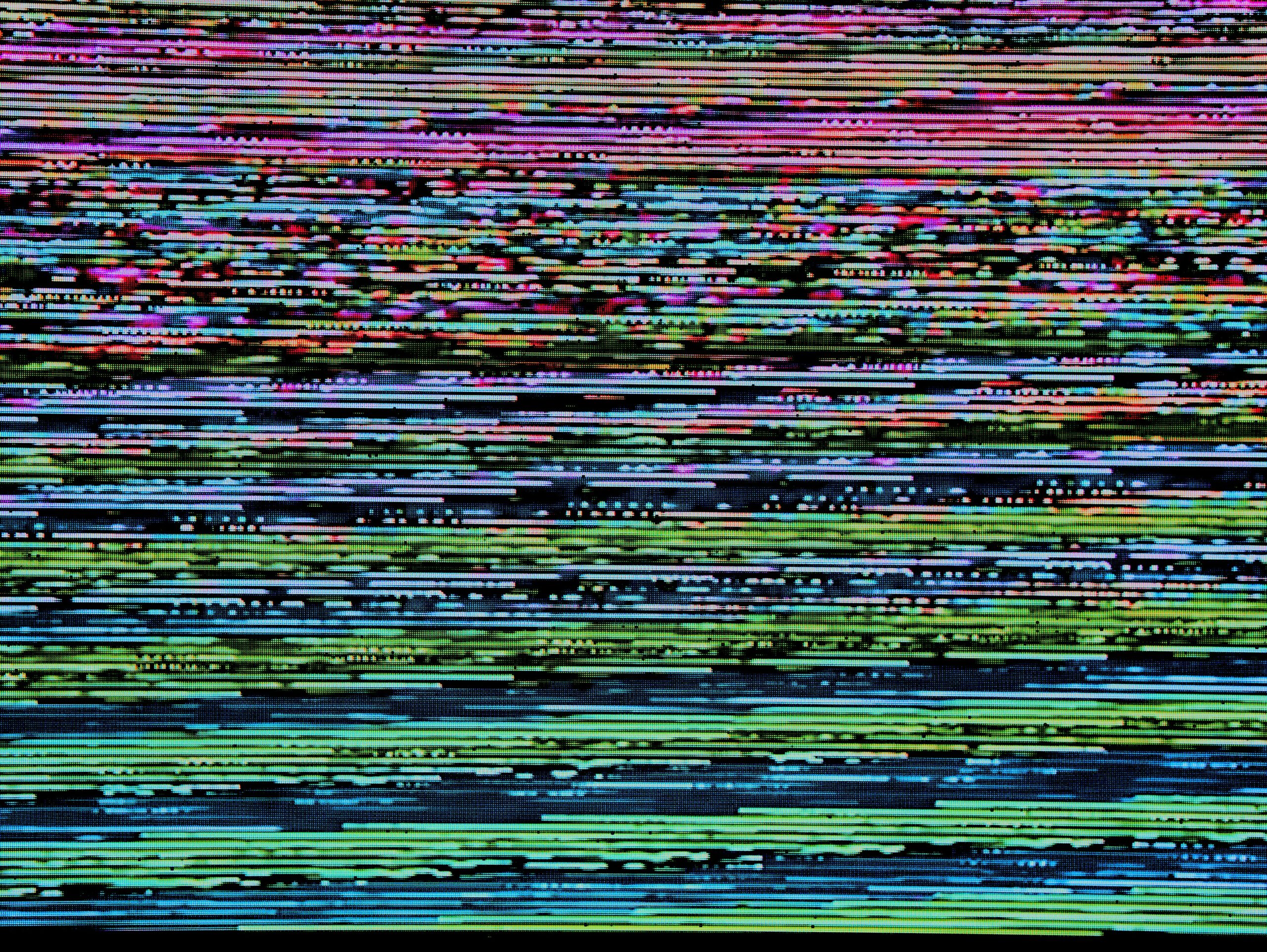While the world is surrounded by digital stamps, many have difficulty defining what digital is. At least, I find it hard to put into cohesive words. To our fortune, Doug Eyman dives into concepts of Digital § (pp. 18–20) in his book Defining and Locating Digital Rhetoric. The delineations Eyman argues explore the relationship between digital and technology while contrasting the realities of digital in both the physical and virtual worlds.
Digital in the Physical World
One of the concepts that most surprised me was the fact that fingers count as digits! I never really thought about it that way, but now everything seems clear. Per Eyman’s reference to Angela Haas, “Digital also refers to our fingers, our digits, one of the primary ways…through which we make sense of the world.” This immediately made me remember what we call “fingerprints” in Spanish. Huellas digitales, or “digital prints.” Full circle moment. These digital prints represent data and information, in the case of fingerprints, our identity. This is how immigrants show who they are to the state, how criminal cases can be solved, and, in special cases, how one identifies oneself when visiting a new country. However, using digital prints wouldn’t be helpful if that information wasn’t stored in a virtual database.
Digital in the Virtual World
The virtual world, constructed by advancing technologies, can be roughly simplified into data storage. These are commonly known as databases. Paraphrasing what my programmer cousin once explained to me, the virtual world is just a constant creation of folders, which go inside other folders, and other folders, and so on and so forth. Each folder contains information, or databases, that need to be stored someplace else, another database. This idea can go on to infinity and beyond, and regardless of how “meta” it is, this is exactly how information works virtually.
Okay, but what is data?
Data is plain and simple information, whatever we want or need it to be. The real question goes into how do we translate our simple information into something that makes sense in the virtual world. Something that the motherboard understands. The computer language. Well, that is fairly answered by speaking its language, right? Yes and no. There are multiple languages one can speak to a computer, just as there are many languages to speak to humans. For computers, it can be Java, C / C+ / C++, Python. For humans, English, Spanish, French, and their different variations per country. Now, to explain it in our terms, you may know that English, Spanish, and French are rooted in Latin, a very old and now defunct language. All of these languages are part of the basics and concepts Latin once had. Well, computers have their own “birth language.” They speak binary code.
To explain what binary code is, let’s go back a little. Remember the digital prints and Haas’ concept of fingers as digits? That concept is the root of binary code.
One of my computer science professors a long time ago always used to say, “Computers are the dumbest of creations. You need to tell it exactly what you want for it to be able to do it.” And guess what, it’s true. For that reason, Claude Shannon’s A Mathematical Theory of Communication explains “that the fundamental information content of any message could be represented by a stream of 1s and 0s.” So, if we know that 1s and 0s can relay a message, how do those digits do that? By assigning them a statement: yes and no, true and false, on and off.
Information to Data
Now we know that we contain digital prints within ourselves and computers understand only two digits, how do we transform our information into only those two numerical values? Let’s start simple. I bet you, just like me, thought that you could count only up to 5 using one hand, but what if I told you that you could count up to 1,023 using binary code? Associating 1s and 0s to a statement like yes and no, and by summing the fact that we now know how to represent numbers in binary code, the possibilities of what we can say to a computer exponentially grow, consequently also increasing what we can do virtually using only digital data.





Leave a Reply